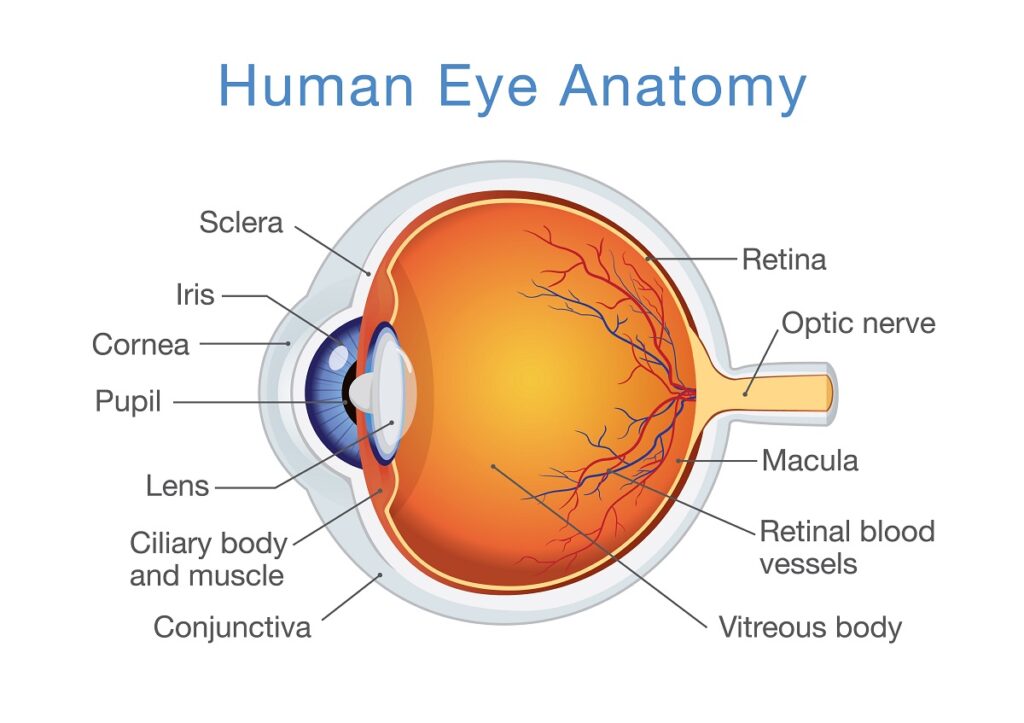The Basic Anatomy of the Retina
Submitted by Elman Retina Group on December 14, 2020
The retina plays an essential role in enabling vision. Light rays entering the eye are focused on the retina, which is a thin layer of tissue lining the inside of the eye like wallpaper. The retina senses the light and converts it to electrical impulses that are sent through the optic nerve to the brain. The brain then interprets this information as the images we see.
The retinal specialists of Elman Retina Group invite you to take a closer look at the basic anatomy of the retina so you can better understand its significance.
 A Closer Look At the Retina
A Closer Look At the Retina
The retina is made up of hundreds of millions of neurons, many of which are photoreceptors that detect and respond to light. There are two types of photoreceptors: rods and cones. Rods allow us to detect motion and see in dim lighting conditions. They are located throughout the retina and concentrated along the periphery of the retina. Cones allow us to see color and detail; they are concentrated in the macula, which is a small area in the central part of the retina. In the center of the macula is the fovea, which contains tightly packed cones, but no rods.
When light enters the eye, the cornea and lens help to focus it on the retina, which then converts the light into electrical impulses. The impulses travel to the brain via the optic nerve, a bundle of over 1 million nerve fibers. The brain then turns these impulses into images.
You may be surprised to learn that the retina and optic nerve are actually an extension of the brain! They form from brain tissue during development and are considered part of the central nervous system.
The retina is nourished by the choroid, which is a layer containing many blood vessels. The choroid sits between the retina and the sclera, or the white outer lining of the eyeball. The choroid has one of the highest blood flow rates in the entire body.
The retinal pigment epithelium, or RPE, attaches the retina to the choroid right below the photoreceptor cells. The RPE cells have many functions, including helping nourish the nerve tissue of the retina, getting rid of dead cells and absorbing scattered light.
Contact Us Today
If you’ve ever experienced floaters, flashes of light or a deterioration of your color or detail vision, you may have a problem affecting part of your retina, and you should schedule an evaluation with our doctors so we can examine your eyes. Call or email us today to request an appointment.



